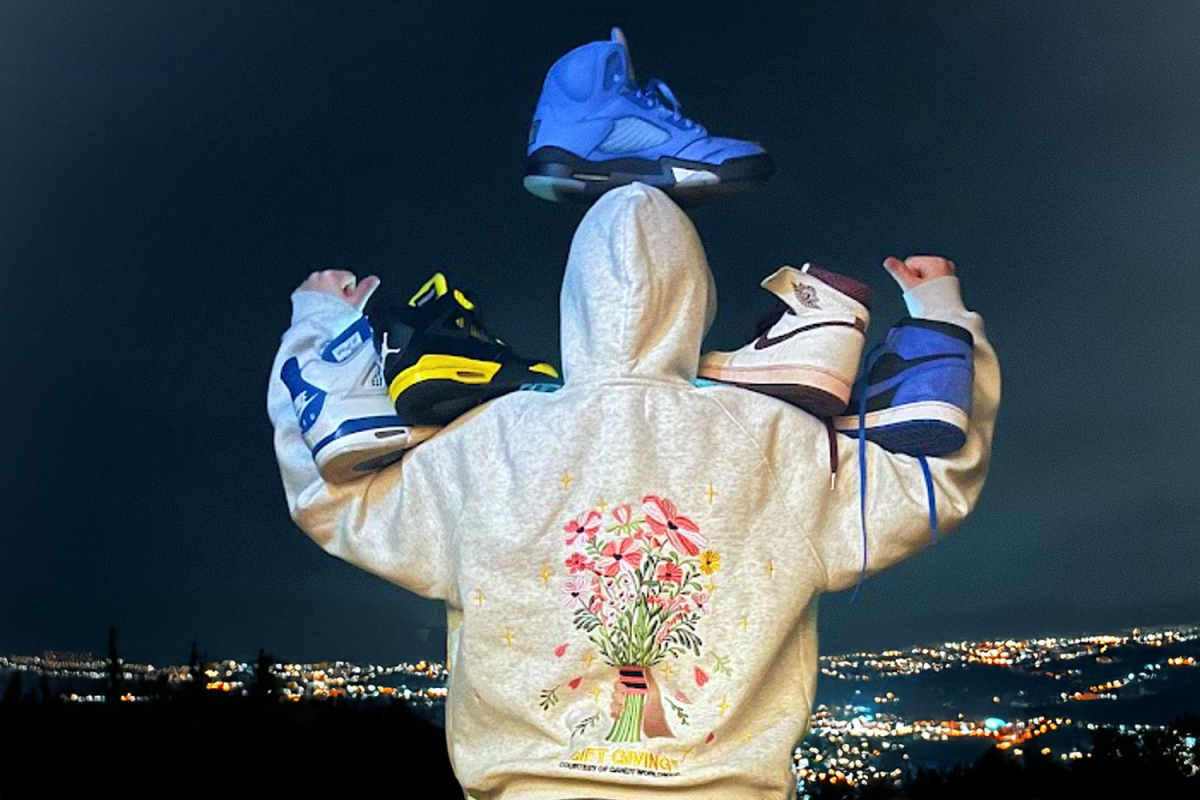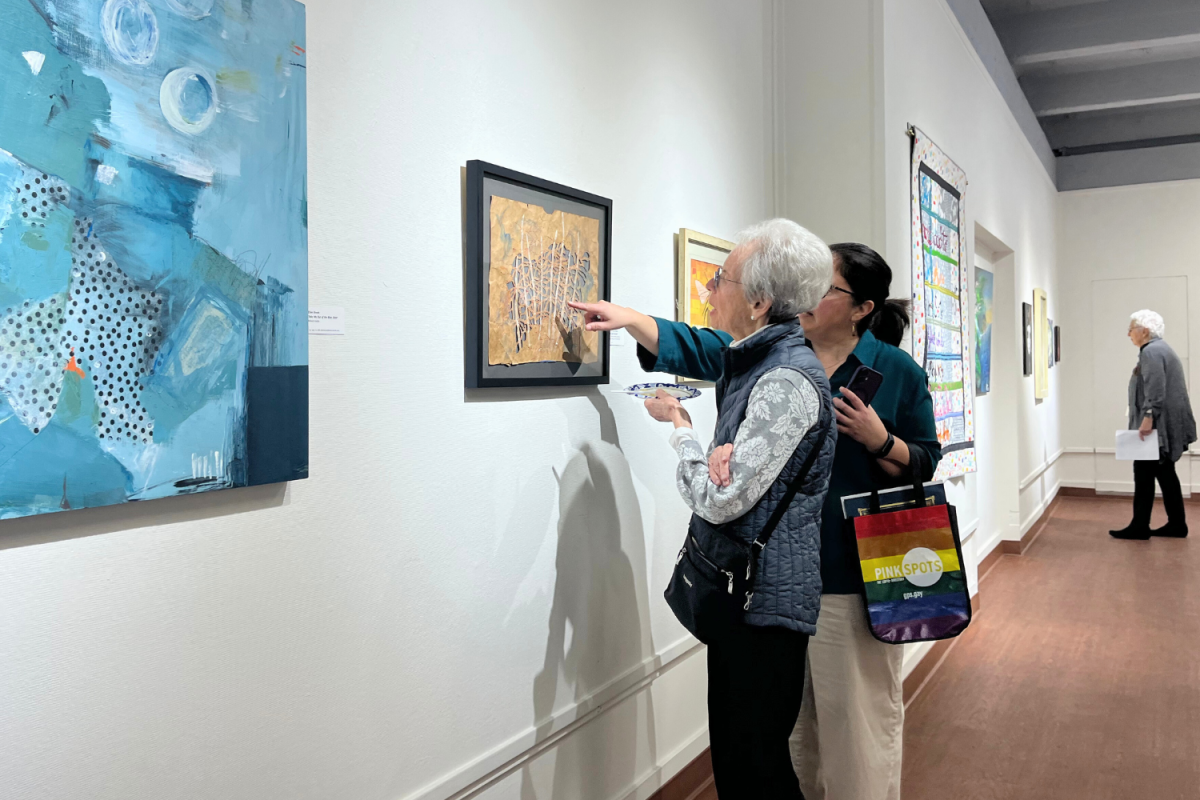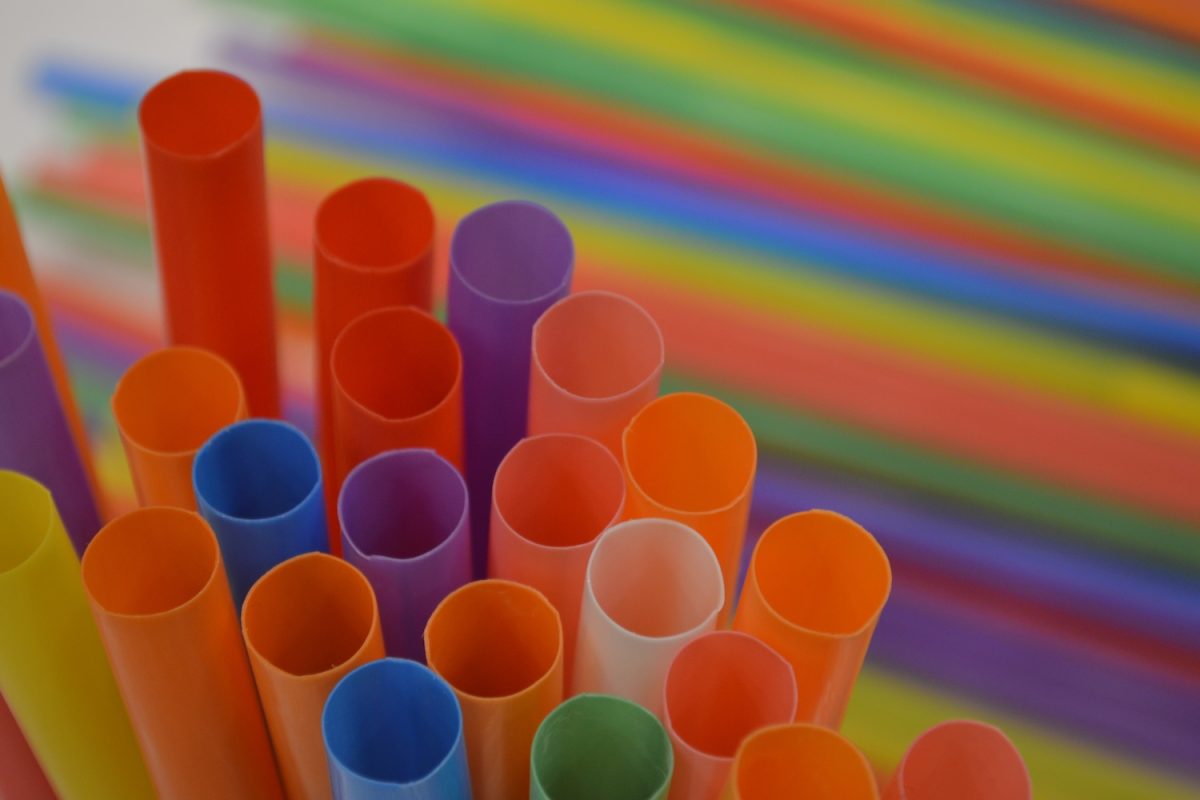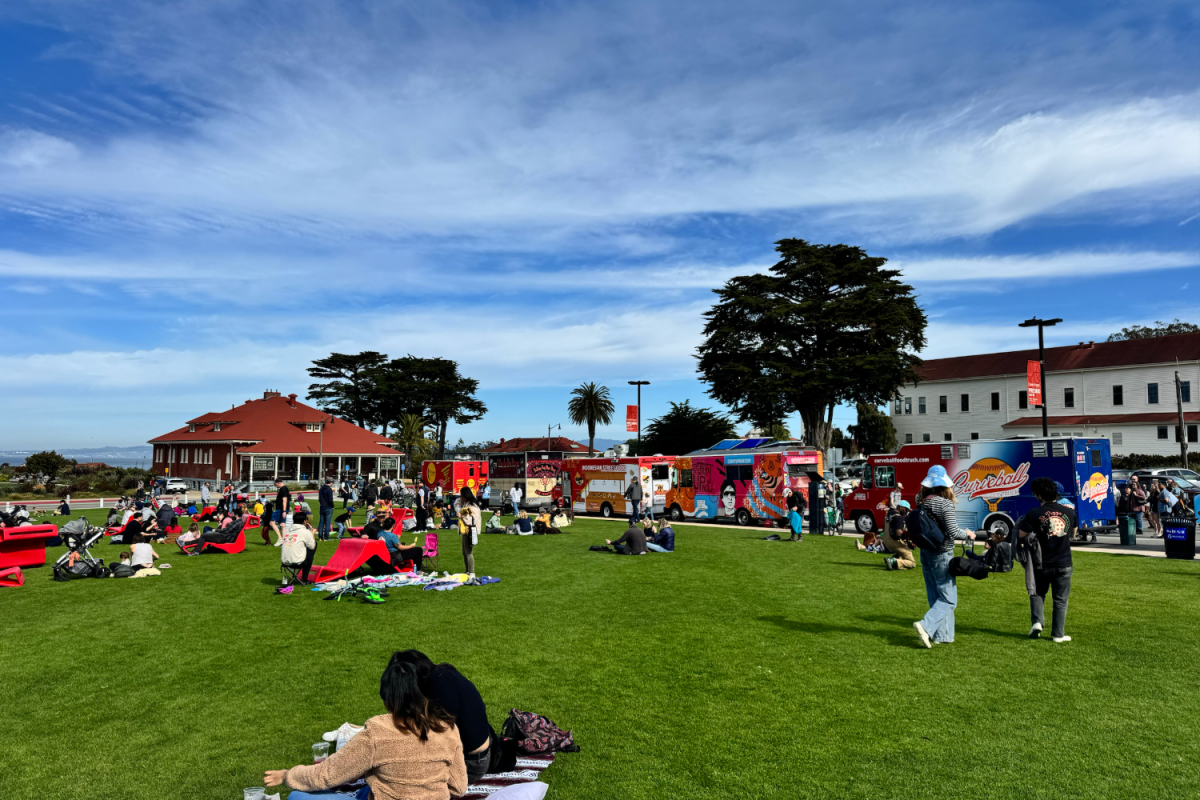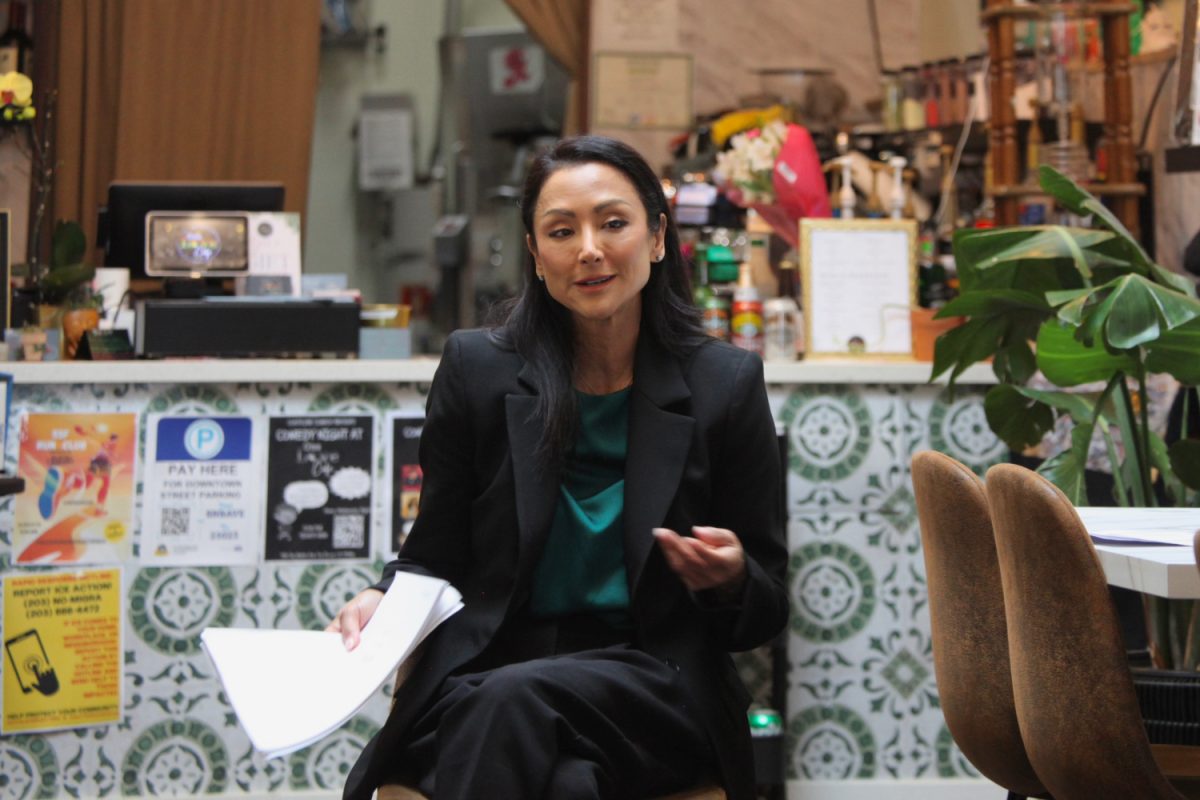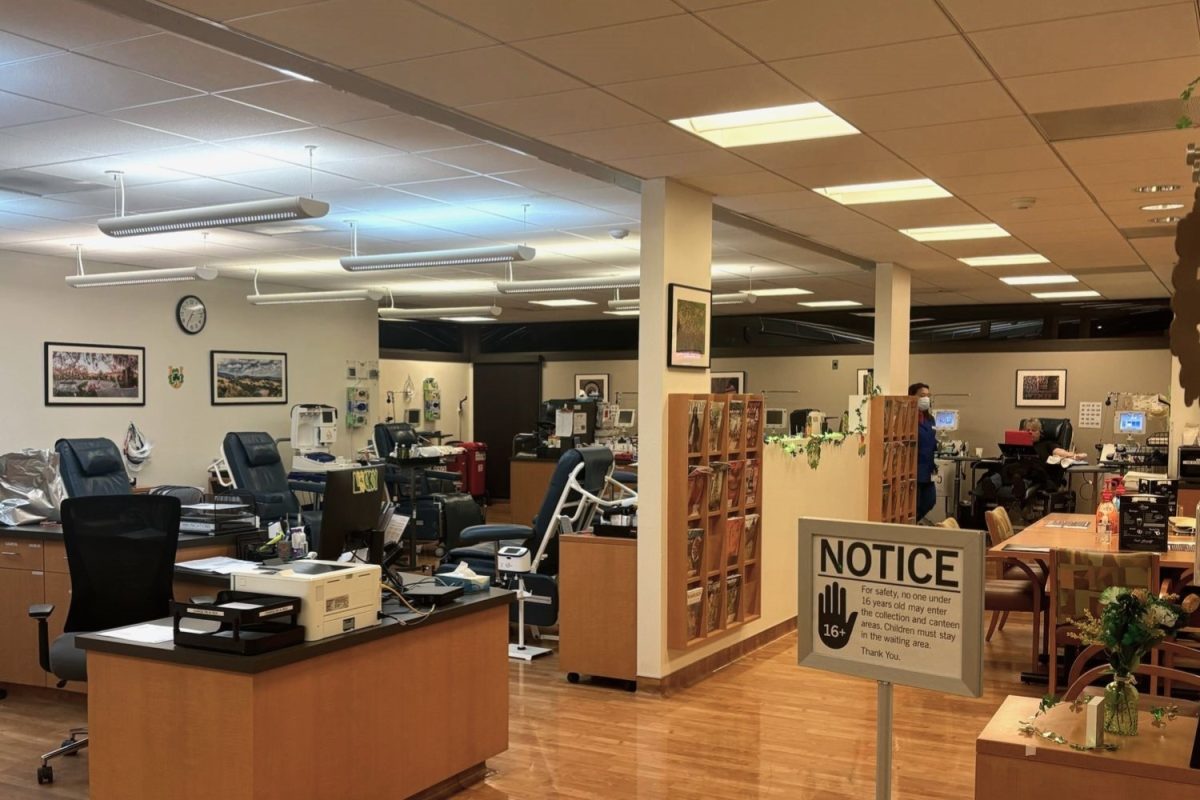“Hypebeast” culture is a global phenomenon centered around an obsession with limited-edition releases, exclusive collaborations, and highly sought-after brands, particularly in streetwear and sneaker culture. This trend and other social media-initiated patterns have emerged in much of modern-day fashion.
Students at Carlmont have faced the daunting task of deciding how their clothes should fit in. Influence from social media has changed how students learn about fashion trends. In addition, the cost of high-end fashion is almost unbearable.
“The role fashion plays in my life is it gives me a way to fit in. If the item is popular, it is probably popular for a reason. So, I would probably be more inclined to buy that. If you feel good with your outfit, you feel good for the rest of the day. It boosts your confidence a little bit,” said Garrett Andrews, a sophomore at Carlmont and an expert in new fashion.
Many young streetwear enthusiasts have felt similar to Andrews. The struggle to fit in has been a recurring theme throughout society. According to Pew Research, 69% of parents say it is harder to be a teen now than when they were younger. Of those, two-thirds reference technology as a key factor.
“I don’t think fashion is a way of fitting in for me. I feel like I can be myself, and showing people how I wear my clothes shows my personality. Clothing is very versatile. You could stay in your bubble and wear regular jeans; they do not have to be baggy. Wear what you want. Fashion is how I see myself and how others see me,” said Wynn Hendrick Willkom, a Carlmont sophomore and an enthusiast for fashion of all kinds.
On the other hand, many people in the fashion world feel the same as Hendrick Willkom. Tying self-worth to material possessions can lead to low self-esteem and anxiety, especially when one cannot afford the latest trends. This is why Hendrick Willkom’s view on fashion has helped shape his personality.
“Cultural sentiment is the large motivator of trends. Fashion is an outward representation of how people are feeling. We use it to express our emotions. When we’re feeling sad, we dress in more subdued tones. When the public is positive, we see brighter colors and more adventurous fashions. Fashions gain popularity as they are shared amongst people via media such as TV, magazines, and, of course, the internet,” said Rachel Petterson, the 2023 Judges’ Winner of the Her Universe Fashion Show, who is also working on her degree in fashion at Cañada College.
Over recent years, social media has revolutionized the fashion industry. Brands like Shein, Amazon, and H&M leverage online marketing strategies to target younger demographics, while individual influencers and content creators further popularize these trends.
“I think it is not a good thing to constantly keep up with all the new stuff coming out in the long term. With new trends constantly coming out, people will always want to jump on the train and become a part of that trend. I think it is a little bit addictive in some ways,” Andrews said.
According to Pew Research, four in 10 social media users say they follow influencers’ or content creators’ recommendations regarding purchases they have made. Furthermore, 72% of social media users between the ages of 18 and 29 say they follow recommendations of influencers or content creators, compared to 44% of social media users between the ages of 30 and 49.
“What drives fashion trends can be many things. In the old days, there were fashion shows and fashion magazines. Nowadays, these remain the official ways of determining trends. But what delivers the trend to the majority of customers fastest is social media, celebrities, and influencers,” said Junmei Rennich, one of the previous country managers of China at Gymboree. She has worked at other brands like Bebe and Banana Republic.
Social media has a profound impact on what people wear. However, so do the people around them. Different geographical, age, or gender groups have distinct styles and trusted brands.
“I get my fashion from everywhere. I look at people walking around with clothing that I think is cool. Sometimes, I try to see if I can replicate someone else’s style with my own style. I also take inspiration from online sites like Instagram and the TikTok Shop for funny stuff. But I do some deep dive searching because it is hard to find brands that are not always used and used over again,” Hendrick Willkom said.
Traditional fashion cycles stem from their affiliation to a group or culture. For example, kids below the age of 10 prefer shoes like Sketchers, but they develop new likes and dislikes as they age. This pushes the evolution of trends and how individuals express their identity.
“When there are many other people wearing the trend, the fashion has to evolve. You have to evolve with it. Going to middle school, then to high school, you have to evolve your style and change it a little bit,” Andrews said.
However, the cost of maintaining a trendy closet is not to be underestimated.
“Sometimes, when I get stuff from PacSun, it tends to be on the cheaper side. While it is still good-looking, the sizing might be off. If I impulse-bought it, I usually regret it,” Andrews said.
PacSun is not the only brand that has faced the challenge of quantity over quality.
“There is much higher consumption of fast fashion, which is basically the type of fashion that is produced rapidly in response to trends. It tends to be cheaper in both production and materials and is often thrown out quickly as the trend passes or the clothing simply wears out quickly due to its lower quality,” Petterson said.
The goal of a for-profit fashion brand is to make money. This means that brands must balance the cost to make the product and the amount they sell it for. This means some designs may look cool but do not have the best materials.
“There are three ways a fashion company can make money. First, make mass-produced products that appeal to more customers. Even in this category, each brand will try to stand out with its look, quality, and price. Gap and Old Navy are good examples. Another is to make something unique to the niche demographic. In this category, common examples are clothing brands specifying certain styles like Y2K, golf, and athletic wear. These business models typically tend to attract a customer base that is smaller in size but more loyal to the brand. Another business model that companies use is making more premium products that come with a hefty price tag. This can make the product feel more special to the customer and less available to the public. Examples of this will be brands such as Gucci, Louis Vuitton, or Chanel,” Rennich said.
As Rennich explains, fashion brands often specialize in a particular style, catering to diverse consumer needs, from accessible everyday wear to highly specialized or exclusive luxury items. Moreover, consumers dedicate themselves to brands that represent them. Someone who sees themselves as an upper-class citizen is likelier to associate with brands like Gucci, Louis Vuitton, or Chanel.
“With my Essentials hoodie, it is costly, and it’s trendy, but it’s comfy. I bought it mainly for the namesake, even though it was expensive. On the other hand, now that I own it, I like it,” Andrews said.
As Andrews can see, sometimes a great-quality product can be backed by a trend and become worthwhile for the consumer. This typically happens with limited-release brands. For example, Air Jordan by Nike occasionally releases their shoes in a limited quantity. Even if they sell another release of shoes for the same retail price, the resale price of the original release will be much higher.
“By reducing supply, they create demand. The scarcity creates an exclusivity for the product, allowing them to boost the price,” Petterson said.
With all this in mind, fashion is a preference. Different people prefer different brands, designs, trends, and prices.
“Young people are more susceptible to follow the trends, mostly because they are still looking to establish their identities. Most of them haven’t figured out who they are yet. They also like to explore new things and try new directions. I would say, be yourself. Trust yourself. Trends are just for reference. You don’t need to look just like the others. Lastly, art plays a profound role in human life. It helps people find their aesthetics, become more aware of who they are, and create assurance in their identity,” Petterson said.

